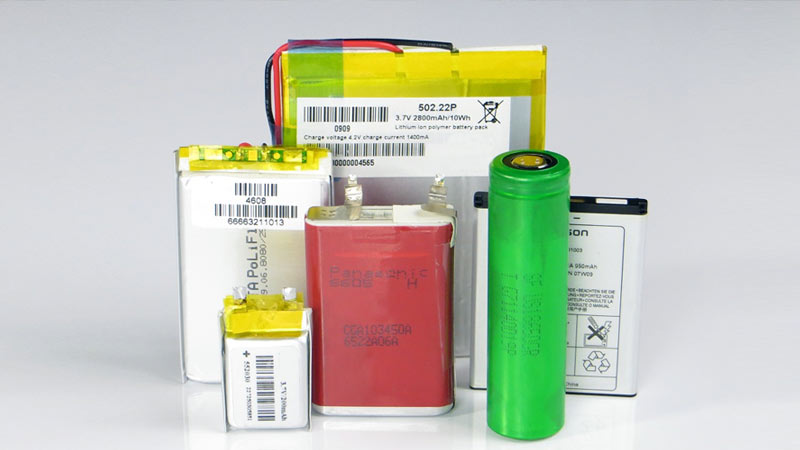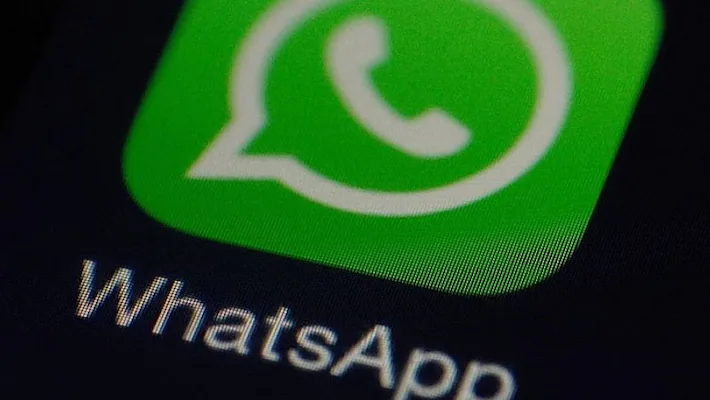Most of our electronics today, ranging from smartphones to electric cars are powered by lithium-ion batteries. These batteries are small in size, charges fast and retains the charge for much longer.
However, if certain precautions are not taken these batteries tend to explode and in some cases lithium-ion batteries are simply not “good-enough” for users who want more efficiency and power for their gadgets.
That’s why the 94 years old John Goodenough, the inventor of lithium-ion batteries and professor at the University of Texas, thinks there is a room for improvement.
Goodenough and his colleagues are working on a new “solid-state” battery design that can charge faster than current lithium-ion designs, and is noncombustible.
This new battery design is still in the early stages of development but it is three times more efficient and has a longer lifespan than batteries with lithium-ion.
What is the Solid-State Battery Design?
The lithium-ion batteries use liquid electrolytes to transport the lithium ions between the negative and positive sides of battery. If a battery cell is charged too quickly, it can cause a short circuit that can lead to explosions and fires.
In a solid-state battery, the liquid electrolytes are swapped with glass electrolytes, which are much more stable and environment friendly.
The glass electrolytes are made of sodium, extracted from sea water. It is cheaper than lithium, can charge and discharge faster, and will have a longer lifespan than batteries with lithium-ion.
Additionally, the solid-glass electrolytes can operate at extreme weathers and they won’t generate much heat, minimizing the risk the of explosions.
It can take years to Materialize:
This is a very exciting breakthrough, but in order to be available in commercial products like smartphones, bikes and cars it could take many years. The research is in early stages for now and it might not be commercially viable to develop such a solution.





